Introduction: Why Seasonal Plumbing Maintenance Matters
Every season brings unique challenges to your home’s plumbing system. Whether it’s freezing winter temperatures threatening to burst pipes, or summer’s heavy rainfall risking basement flooding, proactive maintenance is the key to preventing costly and disruptive plumbing problems. Many homeowners overlook the importance of seasonal checks, believing plumbing is a “set it and forget it” system. In reality, pipes, fixtures, and appliances require regular attention to stay efficient, safe, and leak-free. By following a practical, season-specific checklist, you can extend the lifespan of your plumbing, avoid expensive emergencies, and enjoy peace of mind all year long. This comprehensive guide will walk you through actionable steps for each season, highlight the tools and supplies you’ll need, and offer expert troubleshooting tips to help you tackle issues before they escalate. Let’s empower you to take control over your home’s plumbing health, one season at a time.
Spring Plumbing Checklist
Inspect for Winter Damage
Start your spring maintenance by checking for any problems caused by winter’s harsh conditions.
- Check exposed pipes: Look for cracks, leaks, or condensation on pipes in basements, crawl spaces, and garages.
- Examine outdoor faucets: Turn them on and watch for leaks that may indicate freeze damage inside the wall.
- Inspect water heater: Check for rust, moisture at the base, or unusual noises that signal sediment buildup or wear.
Clear Gutters and Downspouts
Clogged gutters can cause water to overflow and seep into your foundation, leading to plumbing and structural issues.
- Remove leaves, twigs, and debris from gutters and downspouts.
- Ensure downspouts direct water at least 3 feet away from your home’s foundation.
Test Sump Pump Functionality
Spring showers can mean basement floods if your sump pump isn’t working properly.
- Pour a bucket of water into the sump pit to ensure the pump activates and discharges water correctly.
- Check the power source and backup battery (if installed).
- Inspect the discharge line for obstructions.
Check for Slow Drains
Winter hair, grease, and debris buildup can cause slow drains in spring.
- Run water through all sinks, tubs, and showers.
- If you notice slow drainage, use a safe enzymatic drain cleaner or a plumber’s snake to clear minor blockages.
- Never use harsh chemical drain cleaners—they can damage pipes over time.
Review Outdoor Plumbing
Get your yard’s plumbing ready for the growing season.
- Reattach hoses and check for leaks at the connection points.
- Inspect irrigation systems for broken sprinkler heads or leaks.
- Set timers for efficient watering, avoiding early morning or midday when evaporation is highest.
Summer Plumbing Checklist
Monitor Water Pressure
Summer water usage spikes can reveal issues with your system’s pressure.
- Use a pressure gauge on an outdoor spigot. Ideal residential pressure is 40–60 psi.
- High pressure can stress pipes and fixtures; if above 80 psi, consider installing a pressure-reducing valve.
Inspect Washing Machine Hoses
Summer brings extra laundry—don’t let a burst hose flood your home.
- Check hoses for bulges, cracks, or leaks, especially at the connection points.
- Replace rubber hoses with braided stainless steel for added durability.
Maintain Sewer Lines
Tree roots grow aggressively in summer, seeking out moisture in sewer lines.
- Watch for signs of slow drains, gurgling toilets, or basement backups.
- Schedule a professional camera inspection if you suspect root intrusion.
- Trim trees and shrubs near main sewer lines to reduce risk.
Conserve Water
Save money and avoid summer shortages by using water wisely.
- Fix dripping faucets and running toilets promptly.
- Install low-flow showerheads and aerators.
- Water lawns and gardens early in the morning or late in the evening to minimize evaporation.
Fall Plumbing Checklist
Winterize Outdoor Faucets and Hoses
Prepare your plumbing for freezing temperatures before the first frost.
- Disconnect, drain, and store garden hoses.
- Shut off and drain outdoor faucets at the inside valve (if available).
- Install insulated covers on exterior spigots.
Inspect and Wrap Exposed Pipes
Pipes in unheated areas are vulnerable to freezing and bursting.
- Wrap pipes in garages, crawl spaces, and attics with foam pipe insulation.
- Seal gaps and cracks in walls or foundations to keep out cold drafts.
Test and Maintain Water Heater
Hot showers are essential in cold weather—make sure your heater is ready.
- Flush the tank to remove sediment buildup, which reduces efficiency and lifespan.
- Adjust the thermostat to 120°F for safety and energy savings.
- Check the pressure relief valve for proper function.
Check Sump Pump and Backups
Autumn rains can be heavy—ensure your sump pump is ready for action.
- Repeat the spring sump pump test.
- Consider installing a battery backup if you don’t already have one.
Clear Gutters Again
Falling leaves can quickly clog gutters and lead to water damage.
- Clean out leaves and debris at least once during the fall season.
- Confirm that downspouts are still directing water away from the foundation.
Winter Plumbing Checklist
Prevent Frozen Pipes
Frozen pipes are one of winter’s most costly and disruptive plumbing emergencies.
- Keep cabinet doors under sinks open to allow warm air to circulate around pipes.
- Let faucets drip slightly during extreme cold snaps to prevent freezing.
- Check for drafts and seal any leaks near pipes.
Monitor for Leaks
Small leaks can worsen as pipes contract and expand in cold weather.
- Check under sinks, around toilets, and at the base of appliances for moisture.
- Listen for the sound of running water when all fixtures are off—a sign of hidden leaks.
Check Water Heater and Insulate
Water heaters work harder in winter—help yours last longer.
- Add an insulating blanket to the tank (if electric, and manufacturer permits) to reduce heat loss.
- Check for signs of corrosion or leaks around the heater.
Shovel Snow Carefully
When clearing snow, be mindful of exterior pipes, vents, and meters.
- Avoid piling snow against foundation vents or gas meters.
- Clear snow and ice from basement window wells to prevent water intrusion during melts.
Tools and Supplies for Seasonal Plumbing Maintenance
Having the right tools on hand makes seasonal maintenance easier and safer. Here’s a quick checklist of essentials:
- Pipe insulation sleeves and heat tape
- Adjustable wrench and channel-lock pliers
- Plumber’s snake or hand auger
- Enzymatic drain cleaner
- Flashlight and inspection mirror
- Pressure gauge
- Gutter scoop and garden gloves
- Replacement washers and hose gaskets
- Bucket and sponges
- Water alarm or leak detector
Proactive Troubleshooting: Spotting Issues Before They Escalate
Common Warning Signs
- Low water pressure: May signal a leak, mineral buildup, or pressure regulator failure.
- Noisy pipes: Banging or rattling (water hammer) often means loose pipes or high pressure.
- Discolored water: Indicates rust, corrosion, or sediment in pipes or heaters.
- Unpleasant odors: Can signal sewer gas leaks, clogged drains, or dry traps.
When to Call a Professional
Some problems are best left to licensed plumbers:
- Recurring clogs or slow drains that resist DIY solutions
- Visible mold, persistent dampness, or water stains
- Major leaks or burst pipes
- Issues with gas lines, water heaters, or sewer mains
Frequently Asked Questions
How often should I perform these seasonal checks?
Follow each checklist at the start of every season. Some tasks—like checking for leaks—can be done monthly for added protection.
Can I skip certain steps if my home is newer?
Even new homes can develop plumbing issues. It’s wise to follow the full checklist, adjusting as you learn your home’s specific needs.
What’s the biggest mistake homeowners make with seasonal plumbing?
Procrastination. Waiting until you see water damage or experience a burst pipe can turn a $10 fix into a $1,000 repair. Preventive action always pays off.
Conclusion: Protect Your Home—and Wallet—with Year-Round Plumbing Care
Plumbing problems don’t wait for a convenient time to strike. Whether it’s a burst pipe in the middle of winter or a flood caused by a failed sump pump in spring, the consequences of neglect can be costly and stressful. The good news? Most major emergencies can be prevented with regular, seasonally appropriate maintenance. By dedicating just a few hours at the start of each season to follow this comprehensive plumbing checklist, you’ll gain confidence, save money, and protect your home’s value. You’ll also reduce water waste, lower your utility bills, and enjoy the comfort of a plumbing system that works exactly as it should. Remember, being proactive is always easier—and cheaper—than repairing damage after the fact. Make seasonal plumbing care part of your routine, and you’ll thank yourself for years to come. If you ever feel unsure about a task or spot a potential problem, don’t hesitate to consult a licensed professional. Your future self—and your home—will be grateful for the investment in preventive plumbing care.
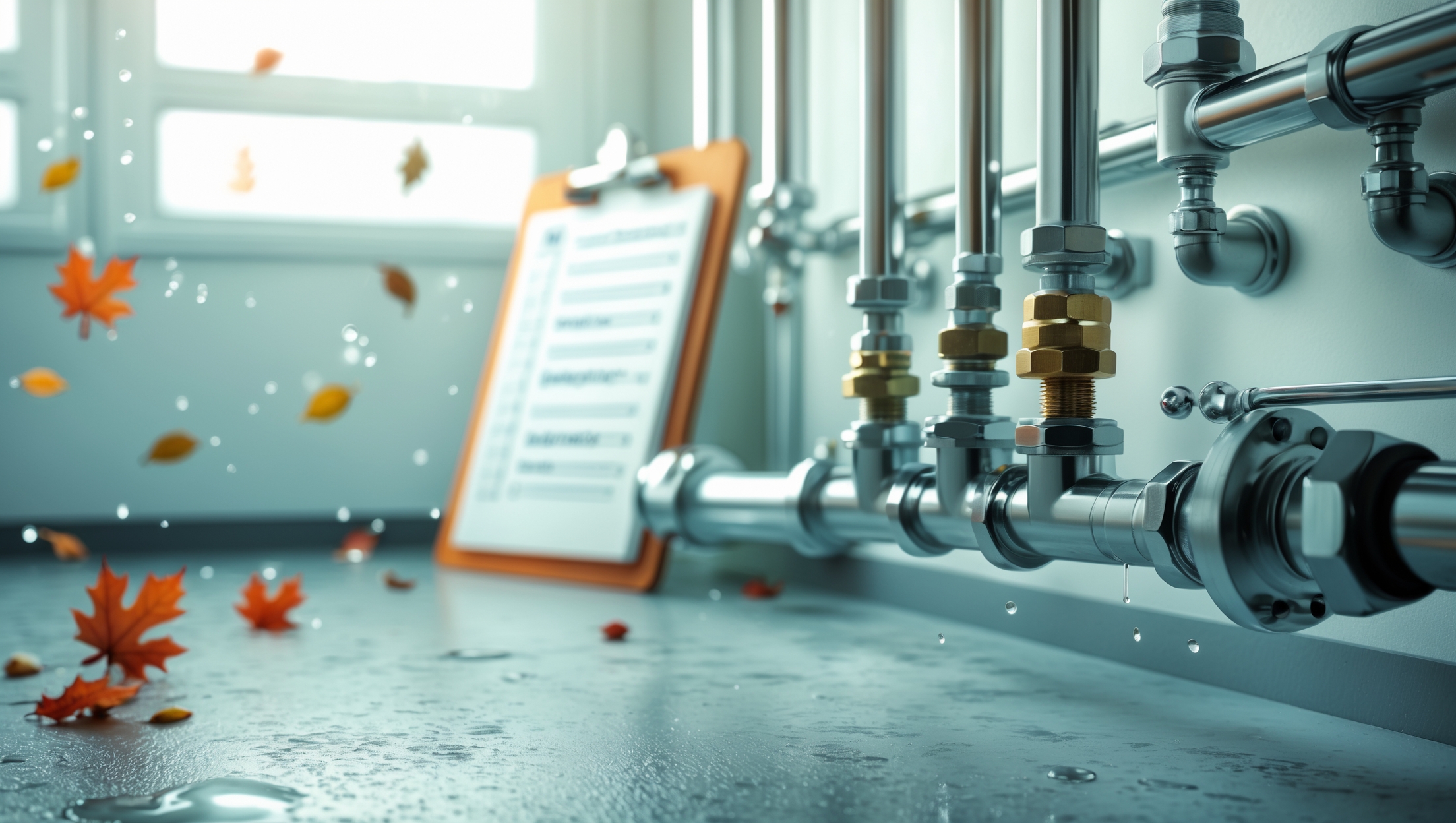



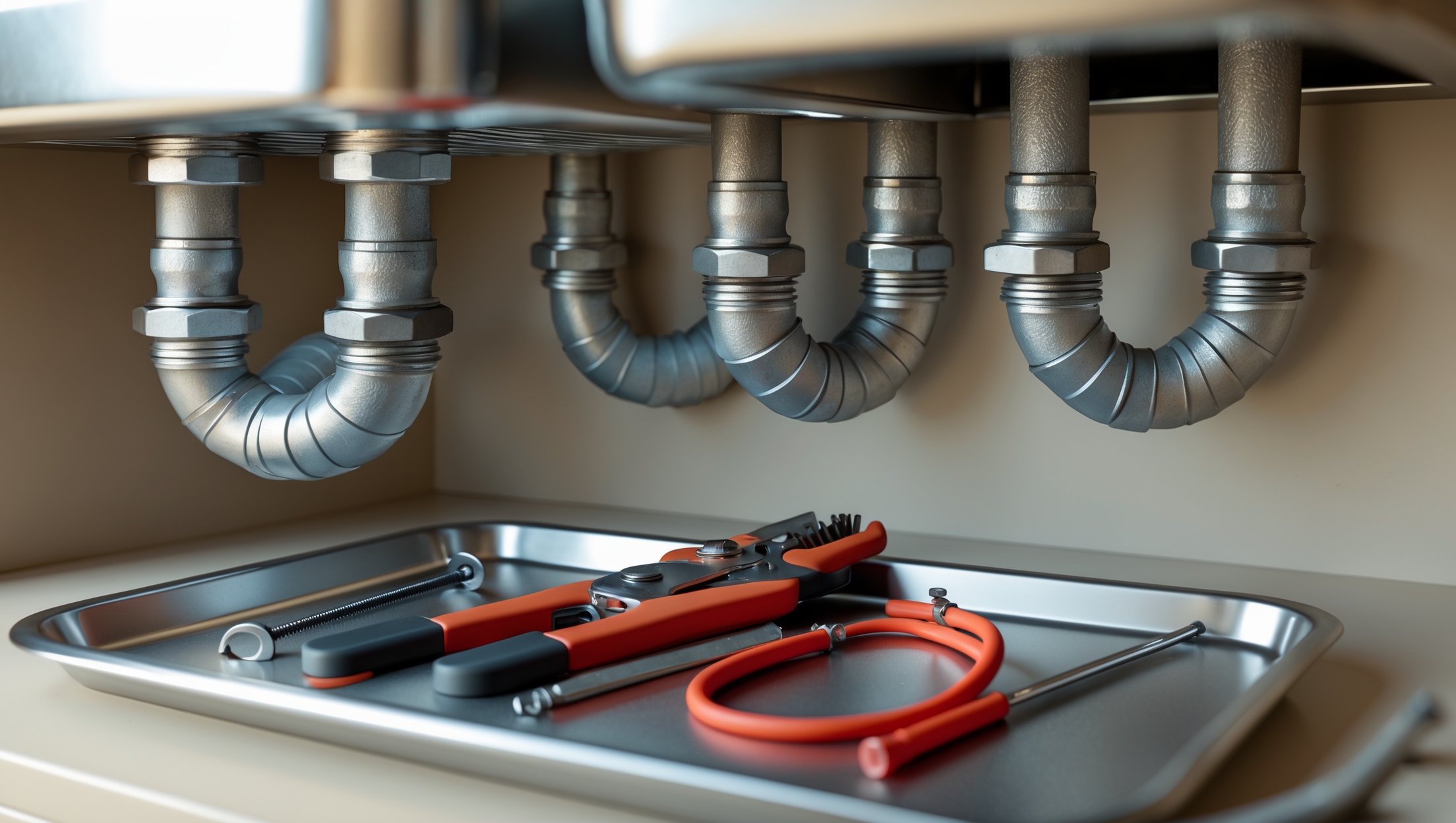
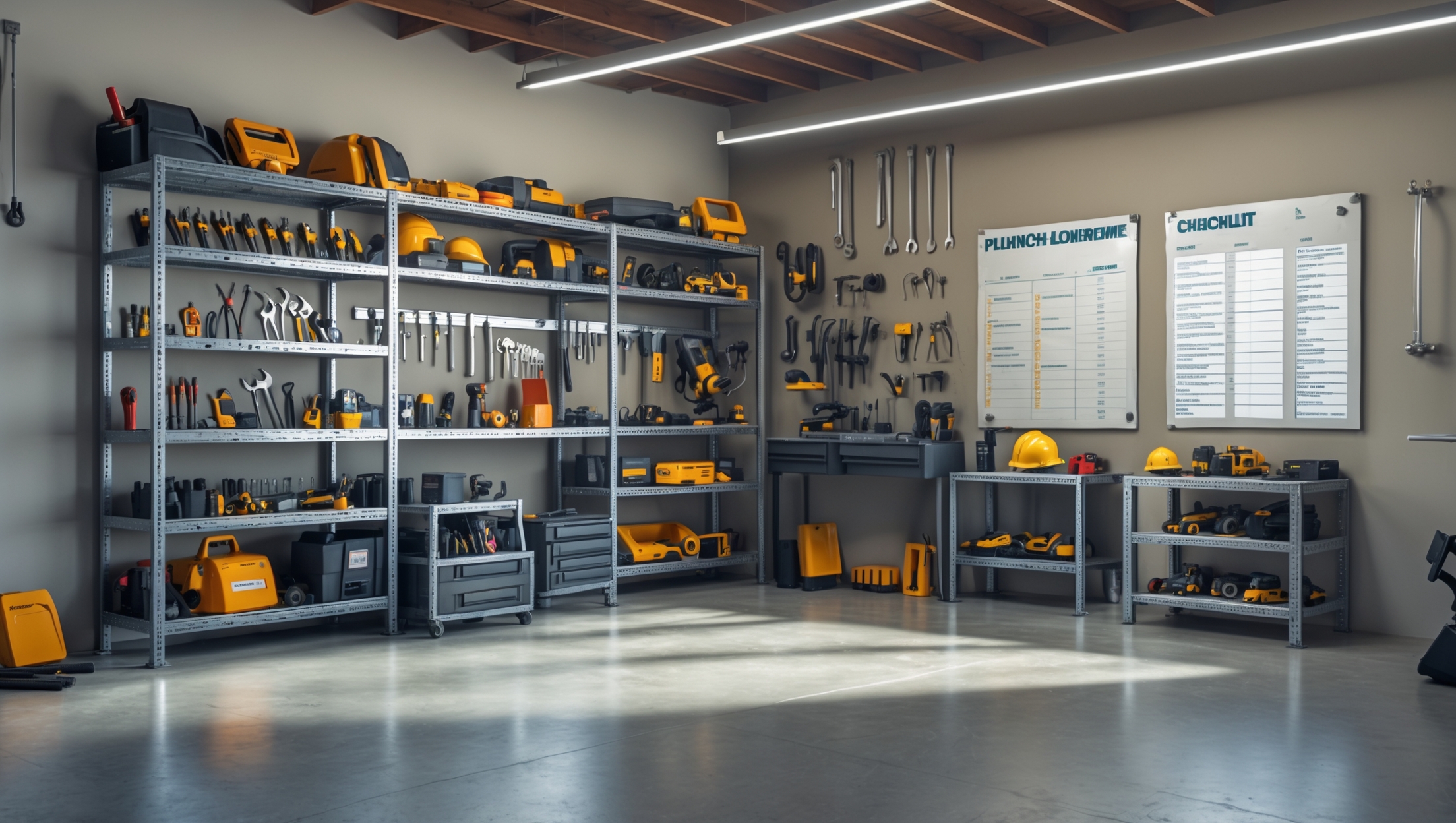


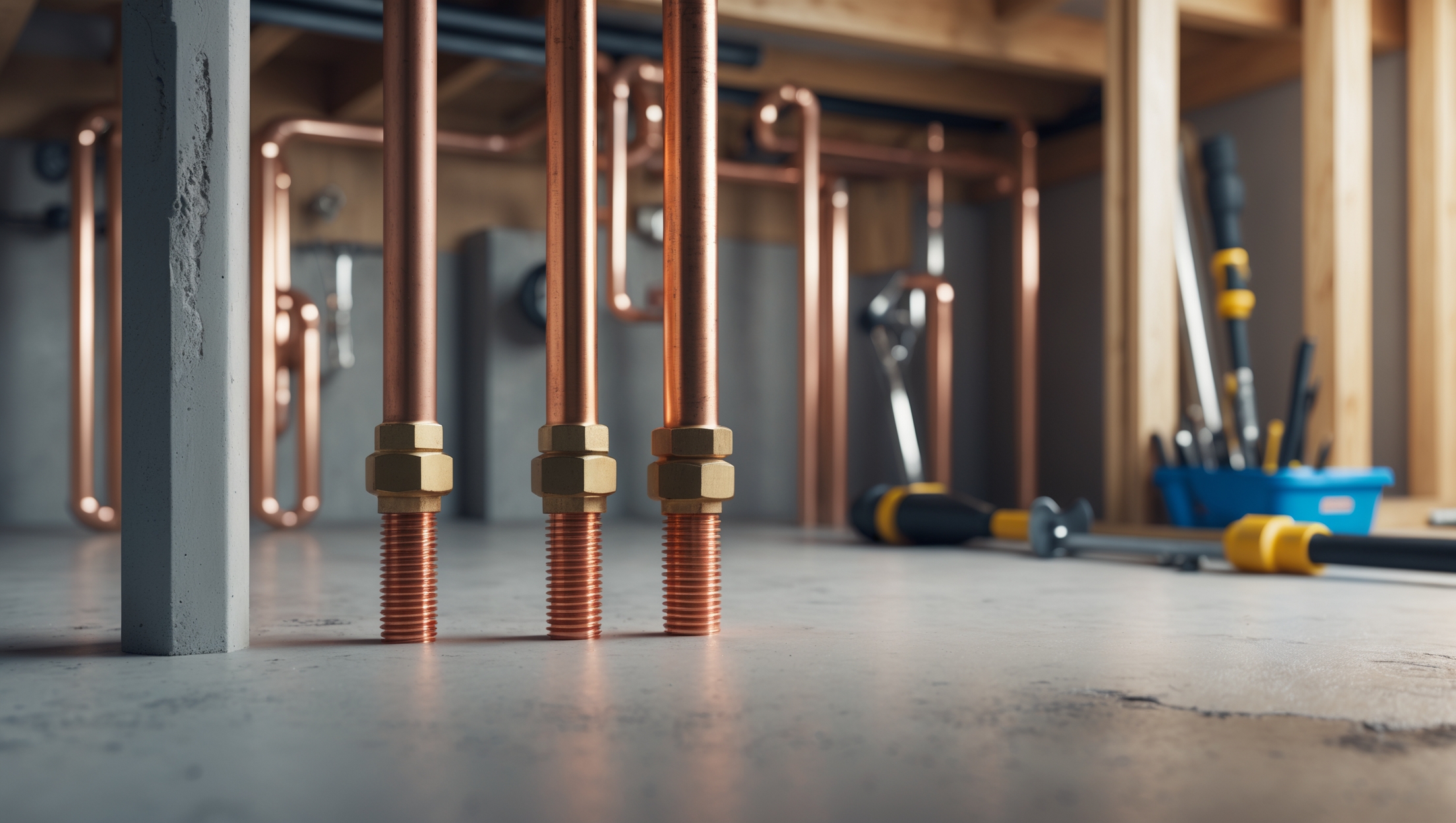
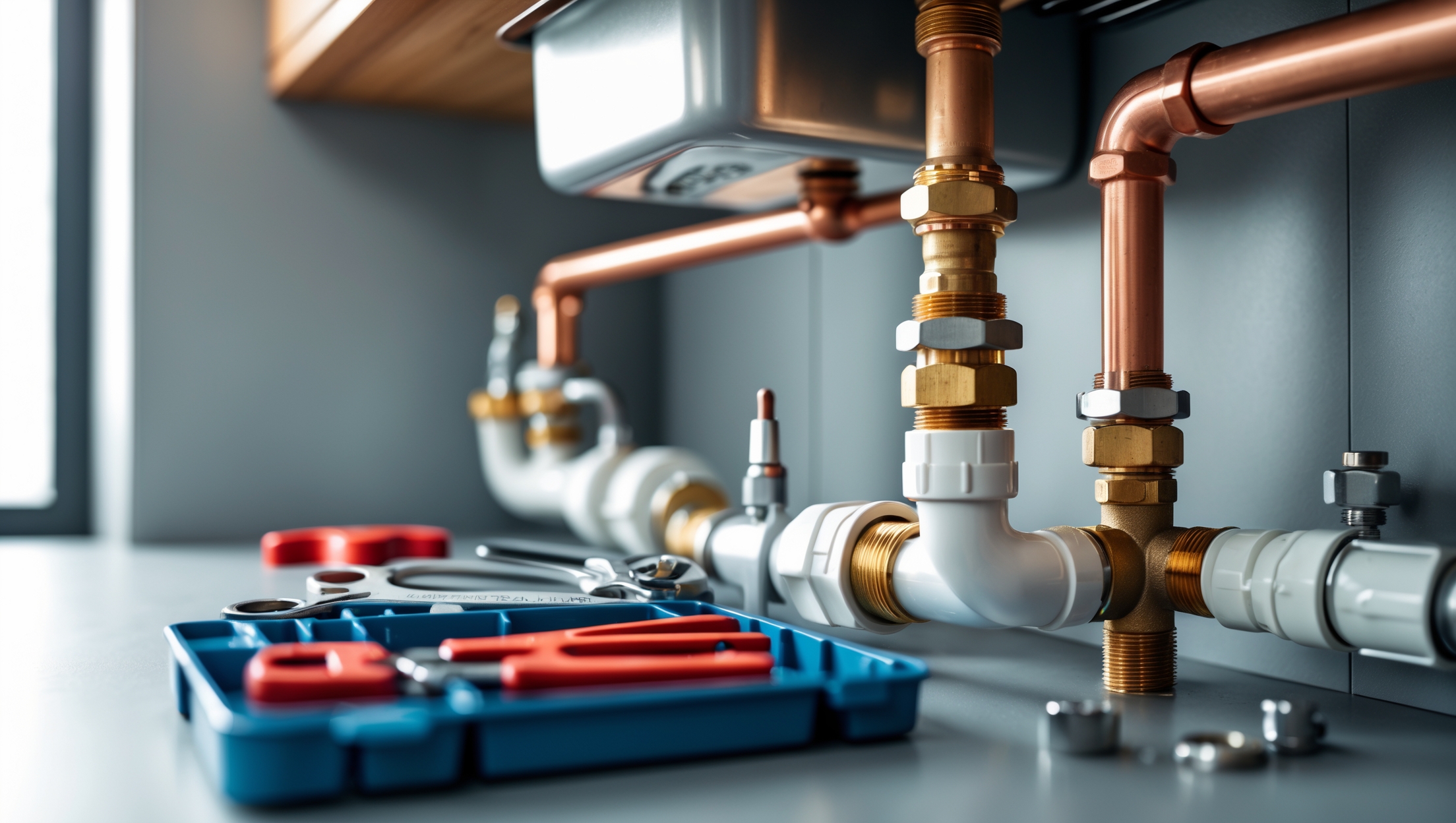
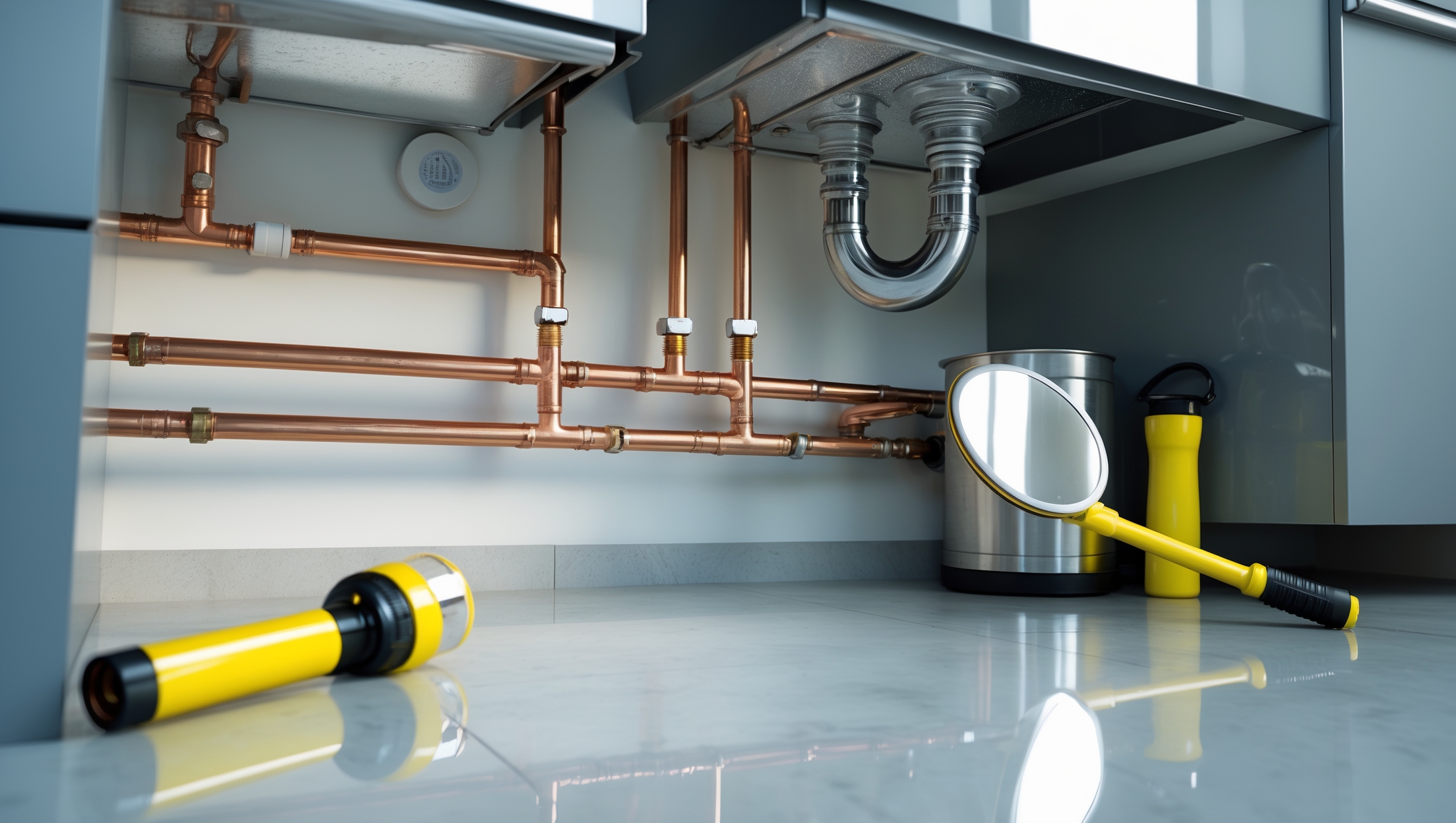
Daniel Harris
When inspecting exposed pipes in basements or crawl spaces for winter damage, is there a recommended way to differentiate between harmless condensation and a potential leak? I want to make sure I’m catching real problems early but not overreacting.